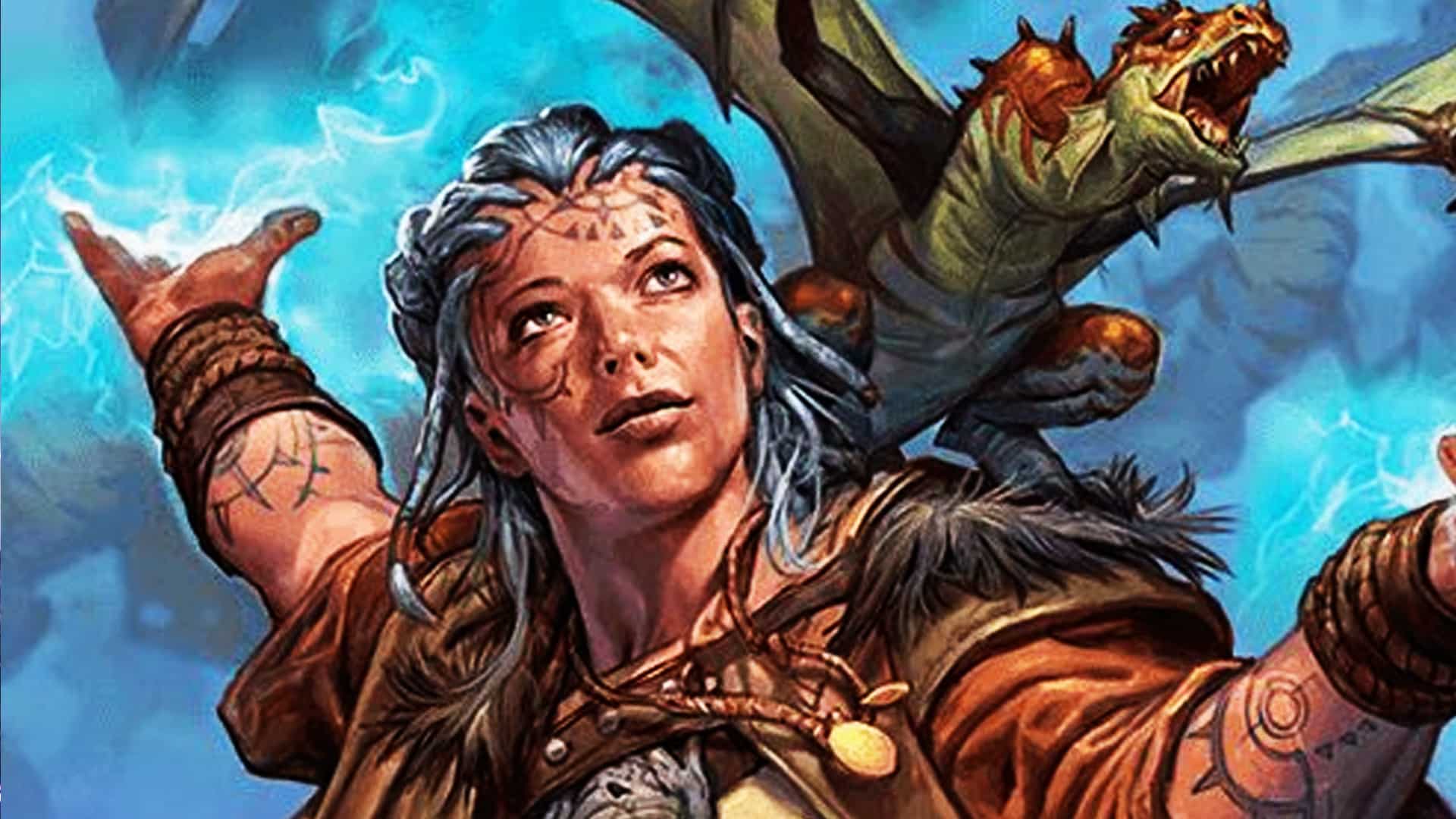It’s no secret that Izzet Prowess is the archetype to beat coming into the American Regional Championships this weekend. Within the archetype, the numbers suggest that Drake Hatcher is the card to bring. This was also the case last weekend, but, curiously, few Prowess players decided to use the card.
It doesn’t help that Drake Hatcher looks significantly worse than Slickshot Show-Off, the card it usually competes with for slots in the deck. This is, instead, a case of deckbuilding theories. While Prowess usually wants to play fast, the Standard meta suggests that going as fast as possible is a losing move.
The True Nature of Izzet Prowess

There are many different variants of the Standard Izzet Prowess deck that are seeing success right now. Some take a more aggressive approach, utilizing a playset of Slickshot Show-Off to slam the door on opponents. Other variants, however, take a slower approach but play a longer, more interactive game. Faster strategies fold to some ill-timed removal, while slower games can play through more cards.
The slower approach seems to be the better one for Izzet Prowess. The core card of the archetype, Cori Steel-Cutter, is partially to blame for this. The longer the game goes, the more times you trigger Flurry, and the more value Steel-Cutter creates. This favors a slower approach that can play around more things, versus a faster approach that forces the issue, but loses if your opponent can deal with it.
One good hit with Slickshot Show-Off deals a ton of damage, but if your opponent doesn’t die, they have a chance to turn the game around, and all they have to do is remove one creature.
If Drake Hatcher gets one good hit in, it becomes very difficult for the opponent to win the game. The most important part of Drake Hatcher is that it can create a 2/2 Flying Drake for every 3 damage it deals. In an even more ridiculous turn of events, Drake Hatcher does this at instant speed. This makes it very difficult to play around the Flying tokens.
Another big reason to play Drake Hatcher over Slickshot Show-Off is that three toughness is really important in the current format. Burst Lightning is everywhere at the moment, so surviving it is a big deal. Drake Hatcher naturally does this thanks to both its toughness and Prowess. Slickshot, meanwhile, gets blasted out of the air.
Even if your opponent is playing removal that deals with Drake Hatcher, it still plays better into single-target removal. While Slickshot dies without much rebuttal, Drake Hatcher can litter the board with Flying threats to close out the game. Because Izzet Prowess will be the deck to beat, hedging your bets against single-target removal is a good place to be.
Finally, Drake Hatcher has Vigilance. You generally don’t want to block with a creature like this, but if you already got some damage in, blocking a Prowess threat can save your life total.
Weaknesses

There are, of course, some reasons to play Slickshot Show-Off over Drake Hatcher. This is primarily the case in formats with Temporary Lockdown, and other board wipes. Even though Drake Hatcher can create their Drakes at instant speed, it doesn’t matter if everything dies.
Haste, in general, is a mechanic that plays well into boardwipes. Instant-speed boardwipes are an exception, but Standard players don’t really need to worry about Final Showdown. This ensures that your creatures get value, even if your opponent wipes the board on your next turn. Slickshot Show-Off will deal some damage, but Drake Hatcher might not get a chance to do anything.
Otherwise, Slickshot Show-Off is better in metagames where players need to race. If a combo that is very difficult to interact with becomes meta, for example, then Slickshot Show-Off becomes a lot better. This could become the case if Omniscience Combo suddenly takes a massive metagame share, for example.
How Many?
Drake Hatcher is a common inclusion in Izzet Prowess nowadays, but no one can really agree on how many is correct. Most successful Prowess lists appear to play two of these, usually offset by two Slickshot Show-Offs. Some lists play a full playset, commonly accompanied by Thundertrap Trainer. These are slower variants that use effects like This Town Ain’t Big Enough to play a stronger long game. Other lists still play a full playset of Slickshot, while a few decide to omit both of these creatures completely.
It does seem like the most successful iteration of this deck from online tournaments plays an even split between Drake Hatcher and Slickshot. This weekend will likely reveal what the true best variation is, but running two Drake Hatcher and two Slickshot is probably the safest bet for now.


